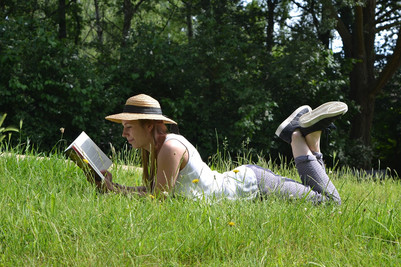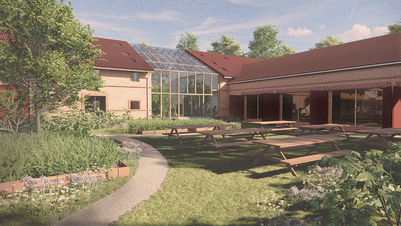
Conference Abstract | Phil Ayres & Adrien Rigobello

Fungal Hygge
“All hygiene issues are social questions.” (Richet 1888)
Hygiene is of a critical influence in the mechanics of spatial welfare and has been instrumental throughout the development of architectural techniques. The establishment of the main design principles for modernism, for instance, was concurrent with an effort to integrate a systemic protection from tuberculosis by bringing natural light and sanitized ventilation to indoors, through a variety of instances such as terrace roofs, mechanized environmental management, and whiteness (Colomina 2003). But with an ever-present effort to embed modern sanitation into its designs, and under a growing pressure of global economy, modernist movements enforced a nature-culture systemic opposition (Latour 1991) that is now deeply embedded in the western built environment and the ways we refer to it. One can even read Le Corbusier as an overachiever when he declared “the natural ground” to be “the enemy of man” (Le Corbusier 1935). The exploitative relationship we have maintained since - to what is deemed other, namely “nature” - has recently been at the core of revived discussions on interspecies inequalities driven by recent events of a global environmental crisis (Charbonnier 2020). In an effort to get prescriptive against more-than-human ecological inequalities, the present research takes a pro-vocative stand by reflecting upon architectural methods for integrating living fungi in architec-tural design. By designing spaces that are permeable and aim to support the welfare of both humans and another species that is usually evicted because of its decaying behavior, we are challenging the exclusive design and maintenance methodologies inherited from modernism. This work draws upon design principles inherited from architectural modernisms and proposes a contrasting design methodology for fostering more-than-human welfare. This work therefore challenges material and systemic considerations of hygiene in the built environment, predicated on isolatory boundary making and human exceptionalism. Further, from a design stand or a solely technical research, we finally reflect on the possibility of a third way towards inclusive architectural companionship (Haraway 1985) that seeks an architectural form of entanglement to support a mutualistic, ecological welfare.
Literature
Colomina, B. (2003). “Skinless Architecture” in Thesis. Wissenschaftliche Zeitschrift der Bauhaus-Universität Weimar, Heft 3.
Le Corbusier (1967). The Radiant City. London: Orion Press.
Latour, B. (1993). We Have Never Been Modern. Cambridge: Harvard University Press.
Latour, B. (1993). The Pasteurization of France. Cambridge: Harvard University Press.
Charbonnier, P. (2020). Abondance et liberté. Paris: La Découverte.
Haraway, D. (1985). A Cyborg Manifesto. London: Socialist Review.
Phil Ayres is an architect, researcher and educator based at CITA, Royal Danish Academy, Denmark. His research focuses on the design and production of novel bio-hybrid architectural systems that couple technical & living complexes, together with the development of complimentary design environments. Phil has pursued this research in the context of two EU funded Future and Emerging Technology (FET) projects – flora robotica and Fungal Architectures – acting as a Principal Investigator on both. Phil’s teaching roles are focused at Masters and PhD level and he is also the editor of the title Persistent Modelling – extending the role of architectural representation published by Routledge.
Adrien Rigobello is a designer and industrial engineer; he is a PhD candidate at the Royal Danish Academy in Copenhagen within the Centre for Information Technology and Architecture. His research focuses on transspecies design techniques and theories through fungal architectures. Adrien is the president-founder of the NGO design studio thr34d5 which researches inclusive design through craft and digital tools, and is the former academic coordinator of the Advanced Master Design by Data in Ecole des Ponts ParisTech.















